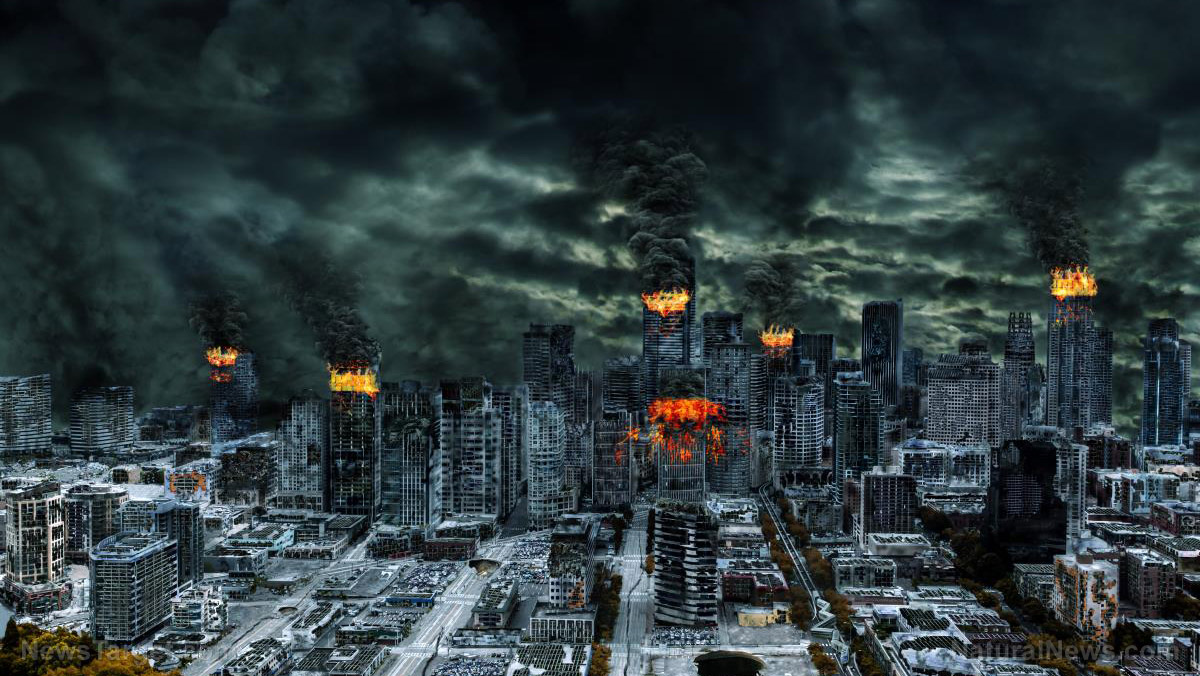
Warning that the U.S. power grid is a prime target for enemy nation-states and non-state actors, a new report is urging Americans to prepare for six months’ worth of service disruption and the resultant chaos it will cause.
The report, “Surviving a Catastrophic Power Outage” from The President’s National Infrastructure Advisory Council, notes that the United States has definitely improved its capacity to respond to major disasters and the resultant power outages that often accompany them.
However, the NIAC report, which was released earlier this month, emphasizes that ongoing threats of cyber attacks, natural disasters, and other-worldly events like massive solar storms threaten the grid in ways that cannot be completely mitigated.
“…[I]increasing threats…present new challenges for protecting the national power grid and recovering quickly from a catastrophic power outage,” the report says.
After POTUS Donald Trump came into office, the NIAC was tasked with analyzing the country’s ability to respond and, perhaps more importantly, recover, from a power outage of a level exceeding previous occurrences in terms of severity, duration, and scale.
What the council discovered is alarming.
“After interviews with dozens of senior leaders and experts and an extensive review of studies and statutes, we found that existing national plans, response resources, and coordination strategies would be outmatched by a catastrophic power outage,” the report notes. “This profound risk requires a new national focus.”
The council notes that “significant public and private action” is required in order to both prepare for and recover from major incidents involving wide swaths of the power grid, whether the occurrence is due to an act of war or a natural disaster.
A major outage “could leave…large parts of the nation without power for weeks or months, and cause service failures in other sectors — including water and wastewater, communications, transportation, healthcare, and financial services,” all of which “are critical to public health and safety and our national and economic security.”
"Significant action is needed to prepare"
Studies in the past have shown that large-scale loss of power for extended periods of time would have far-reaching deadly consequences for the country. In fact, a report to Congress in 2017 predicted that an electromagnetic pulse (EMP) attack big enough to take out most of the power grid would result in the death of 90 percent of the U.S. population within a year.
There is disagreement over whether we should really be concerned that a nuclear weapon large enough to create an EMP that could devastate most of the U.S. power grid will ever be used to attack us. Should that happen, the critics say, the world will be at war and it will have gone nuclear, so there may be little left of value on earth as it is.
That said, an EMP event caused by a massive solar storm is a different story altogether. And as it happens, that scenario is really much more likely than a world-ending nuclear holocaust. According to reports, there were large-scale solar storms on the surface of the sun in the summer of 2013. One of the largest solar flares and coronal mass ejections ever recorded took place, barely missing Earth. “If it had hit,” Daniel Baker, lead researcher into the solar storm told Extreme Tech two years later, “we would still be picking up the pieces.”
As for the NIAC report, the potential damage to the U.S. grid from a variety of sources is significant enough that it “requires a new national focus.”
“The NIAC found that our existing plans, response resources, and coordination strategies would be outmatched by an event” catastrophic in nature.
“Significant action is needed to prepare” for a “power outage that could last for weeks or months,” the report added.
Read more about how the loss of our power grid would result in societal collapse at Collapse.news.
Sources include:
Please contact us for more information.




















